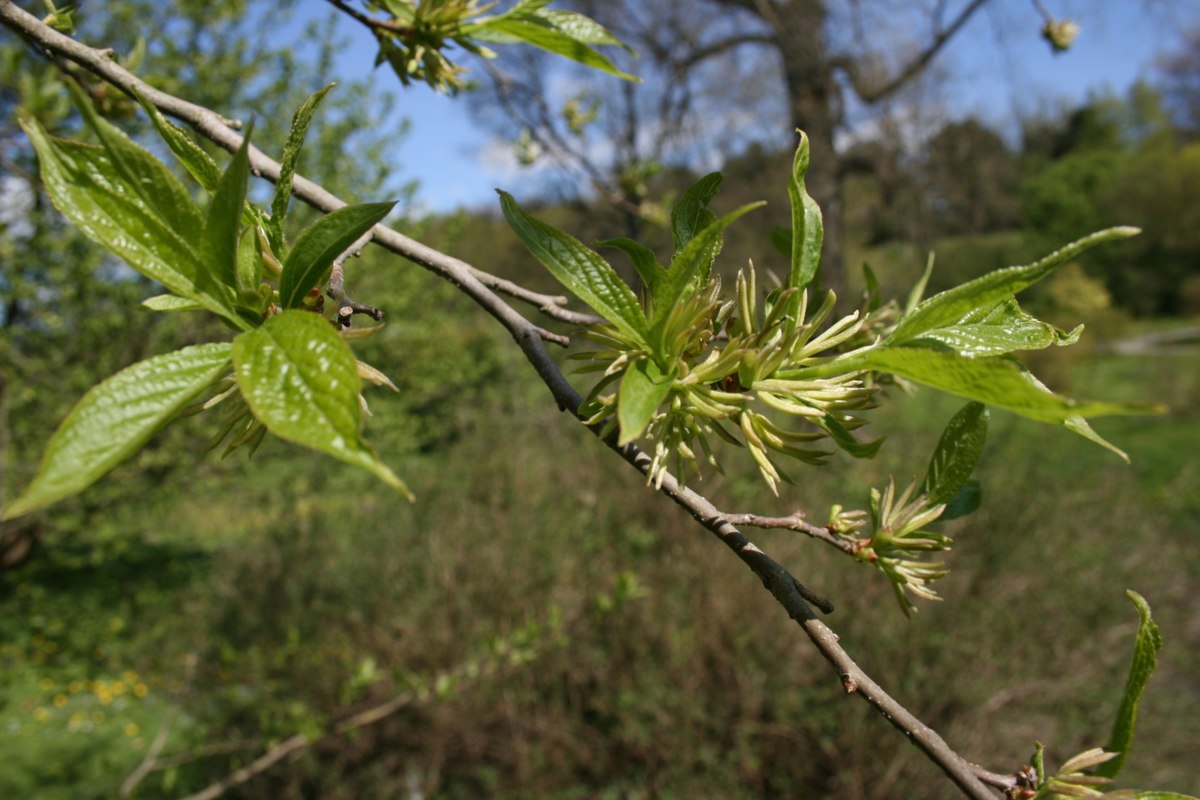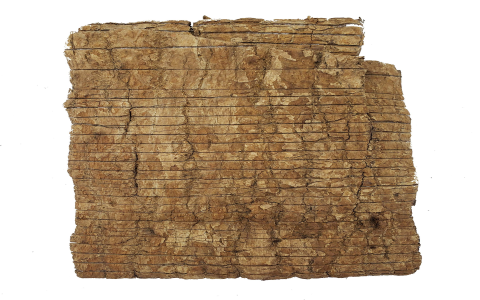Alright, let me walk you through my little journey with Du Zhong, or Eucommia bark as some folks call it. It wasn’t like I woke up one day and decided to become a Du Zhong expert, not at all. It kinda happened by accident, or maybe out of a bit of necessity.
How I Stumbled Upon Du Zhong
So, a while back, I was dealing with this persistent lower back ache. You know the kind, that dull throb that just makes everything a bit more miserable. I tried a bunch of things – stretching, more exercise, less exercise, even bought one of those fancy ergonomic chairs. Some things helped a tiny bit, for a short while, but nothing really stuck. It was frustrating, to say the least.
Then, I was chatting with an older relative, one of those who always has some traditional remedy up their sleeve. She mentioned Du Zhong. She said her own grandfather used to boil it and drink the tea for his “aging back” and to “strengthen his bones.” I was pretty skeptical, to be honest. Sounded a bit like old wives’ tales to me.
My Little Experiment: Getting Started
But, you know, when you’re uncomfortable enough, you start getting more open-minded. So, I decided to give it a shot. What did I have to lose, right?

First, I had to find the stuff. I went to a local traditional Chinese medicine shop. The shopkeeper showed me these pieces of dried bark. They looked like, well, tree bark – grayish-brown, kind of rough.
Next, I asked how to prepare it. He told me the most common way was to make a tea or decoction. Here’s basically what I did:
- I’d take about 10 to 15 grams of the dried bark.
- I’d give it a quick rinse under cold water. Just to get any dust off.
- Then, I’d put it in a pot with about 3 to 4 cups of water.
- I brought it to a boil, then reduced the heat and let it simmer gently. I aimed for about 20 to 30 minutes. Sometimes longer if I got distracted. The kitchen would get this slightly earthy, a bit bitter smell.
- After simmering, I’d strain the liquid into a mug.
What I Noticed: My Personal Observations
I started drinking a cup of this Du Zhong tea most mornings. The taste… well, it’s not something you’d drink for pleasure, like a nice Earl Grey. It’s a bit bitter, somewhat earthy. Not terrible, but definitely medicinal tasting. I just gulped it down.
I kept this up for a few weeks. I wasn’t expecting miracles. And it wasn’t a miracle. But, slowly, I started to notice that my back wasn’t screaming at me as much by the end of the day. The ache was less intense, and I felt a bit more… sturdy? It’s hard to explain. It wasn’t a dramatic change, more like a gradual easing of the discomfort.

I also read up a bit more on it (just out of curiosity, from books and such, not fancy medical journals). Apparently, traditional use often points to it for:
- Strengthening bones and sinews (which sort of matched my back experience).
- Supporting kidney function (in TCM, kidneys are often linked to back health and vitality).
- Sometimes it’s mentioned for helping with mild high blood pressure, though I can’t personally vouch for that as it wasn’t my focus.
I also found out that sometimes people use it in soups, simmering it with other ingredients for a long time. I haven’t tried that yet, mostly stuck to the tea because it was simple.
Final Thoughts on My Du Zhong Practice
So, that’s my little Du Zhong story. I continued to use it on and off for a while, especially when my back felt a bit dodgy. For me, it seemed to offer some gentle support. I’m not saying it’s a cure-all, and what worked for me might not work for everyone. Our bodies are all different.
But it was an interesting experience, diving into something traditional and just observing what happened. It’s just one of those things I tried, recorded my experience with, and found some mild benefit from. It’s always good to be cautious and listen to your body, and if you have serious health issues, obviously, talk to a professional. This was just my personal practice and observation.


